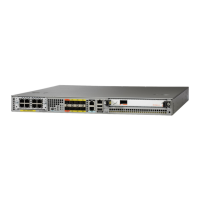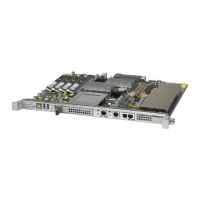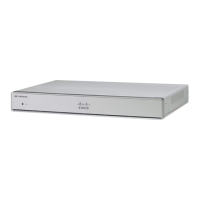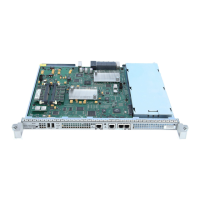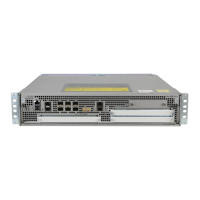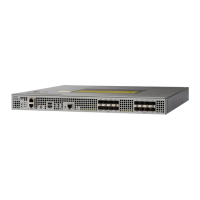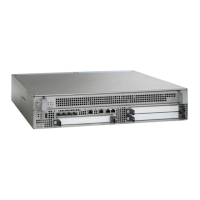Glossary
GL-2
Cisco 10000 Series Router Quality of Service Configuration Guide
OL-7433-09
bps
Bits per second. A standard measurement of digital transmission speeds.
bundle
A logical group of permanent virtual circuits (PVCs) with one virtual interface connecting to a peer
system.
C
CAR
Committed access rate.
CBR
See constant bit rate.
CBWFQ
See Class-based Weighted Fair Queuing.
CEF
See Cisco Express Forwarding.
child policy
A policy map that defines one or more classes of traffic and the actions you want the router to take on
the traffic, just as non-hierarchical policy maps do. However, in hierarchical policy maps, child policies
are nested within a top-level parent policy, and then the parent policy is attached to the interface.
CIR
See committed information rate.
Cisco express
forwarding
An advanced Layer 3 IP switching technology. Cisco express forwarding (CEF) optimizes network
performance and scalability for networks with large and dynamic traffic patterns such as the Internet,
on networks characterized by intensive Web-based applications, or interactive sessions.
class-based
weighted fair
queuing
Extends the standard weighted fair queuing (WFQ) functionality to provide support for user-defined
traffic classes. For class-based weighted fair queuing (CBWFQ), you define traffic classes based on
match criteria including protocols, access control lists (ACLs), and input interfaces. Packets satisfying
the match criteria for a class constitute the traffic for that class. A queue is reserved for each class and
traffic belonging to a class is directed to the queue for that class. On the Cisco 10000 series router, the
CBWFQ feature allows a virtual access interface (VAI) to inherit the service policy of the virtual circuit
(VC) that the VAI uses.
class maps
A modular QoS CLI element that you can use to define traffic classification rules or criteria. Class maps
organize data packets into specific categories called classes that can, in turn, receive user-defined QoS
policies. The traffic class defines the classification rules for packets received on an interface.
class of service
The three most significant bits (the User Priority bits) of the 2-byte Tag Control Information field in
the IEEE 802.1p portion of a Layer 2 IEEE 802.1Q frame header. QoS uses the User Priority bits for
Layer 2 CoS information. IEEE 802.1p class of service-based packet matching and marking feature
enables the Cisco 10000 series router to interoperate with switches to deliver end-to-end QoS. The
IEEE
802.1p standard allows QoS to classify inbound Ethernet packets based on the value in the class
of service (CoS) field and to explicitly set the value in the CoS field of outbound packets.
committed
information rate
The reserved bandwidth for the queue. The rate at which a Frame Relay network agrees to transfer
information under normal conditions, averaged over a minimum increment of time. Committed
information rate (CIR), measured in bits per second, is one of the key negotiated tariff metrics.
constant bit rate
QoS class defined by the ATM Forum for ATM networks. Constant bit rate (CBR) is used for
connections that depend on precise clocking to ensure undistorted delivery.
CoS
See class of service.

